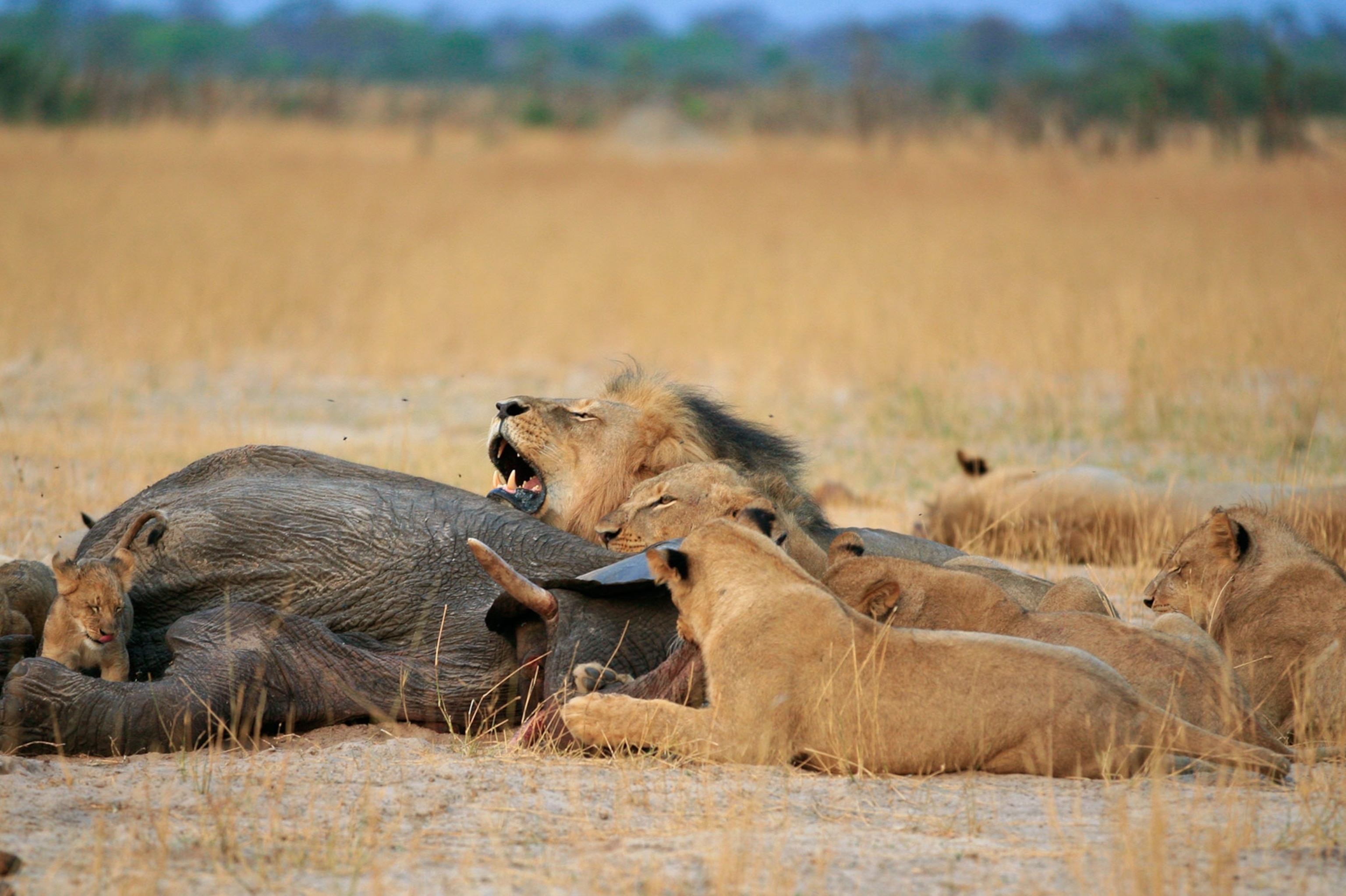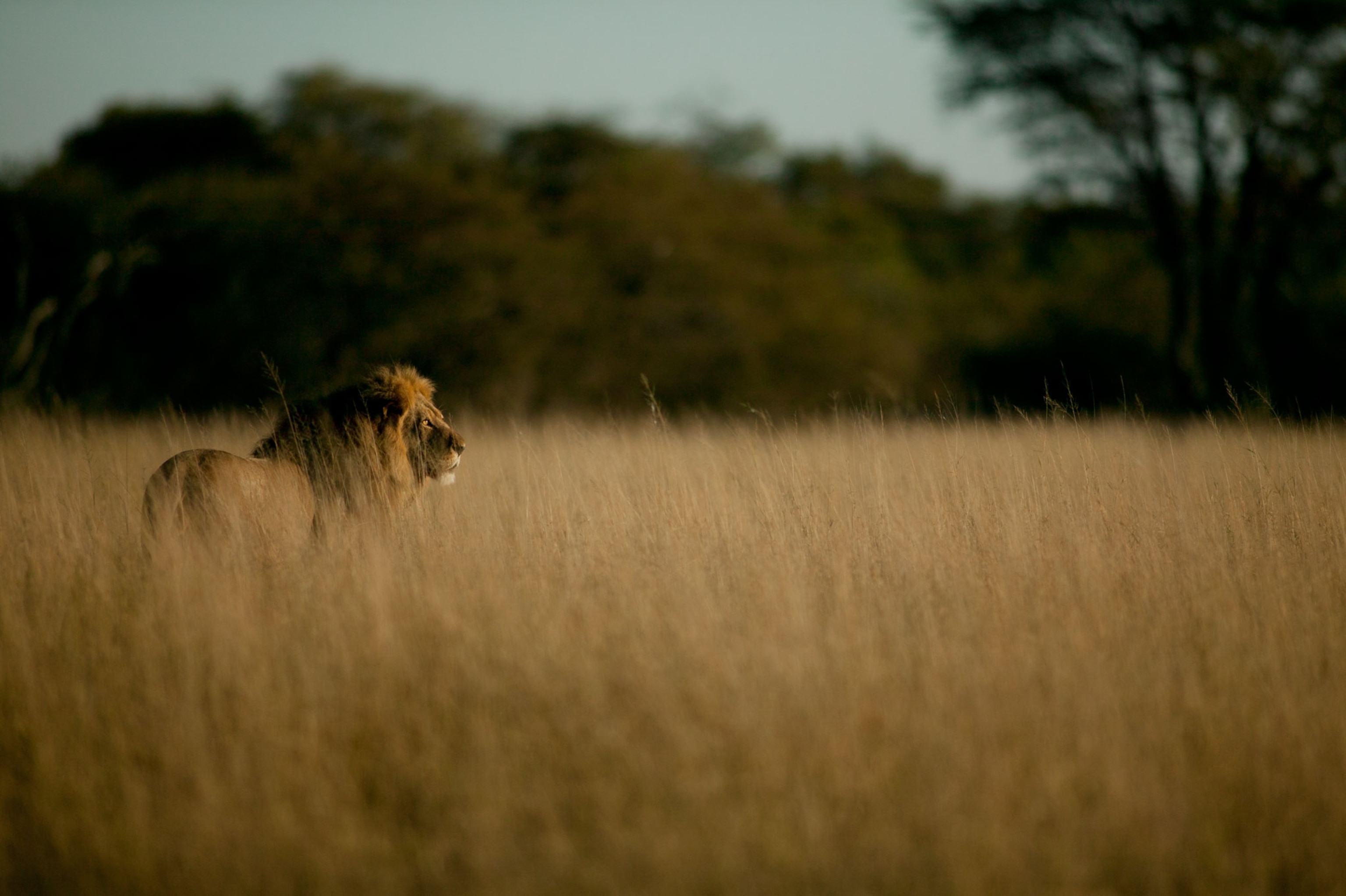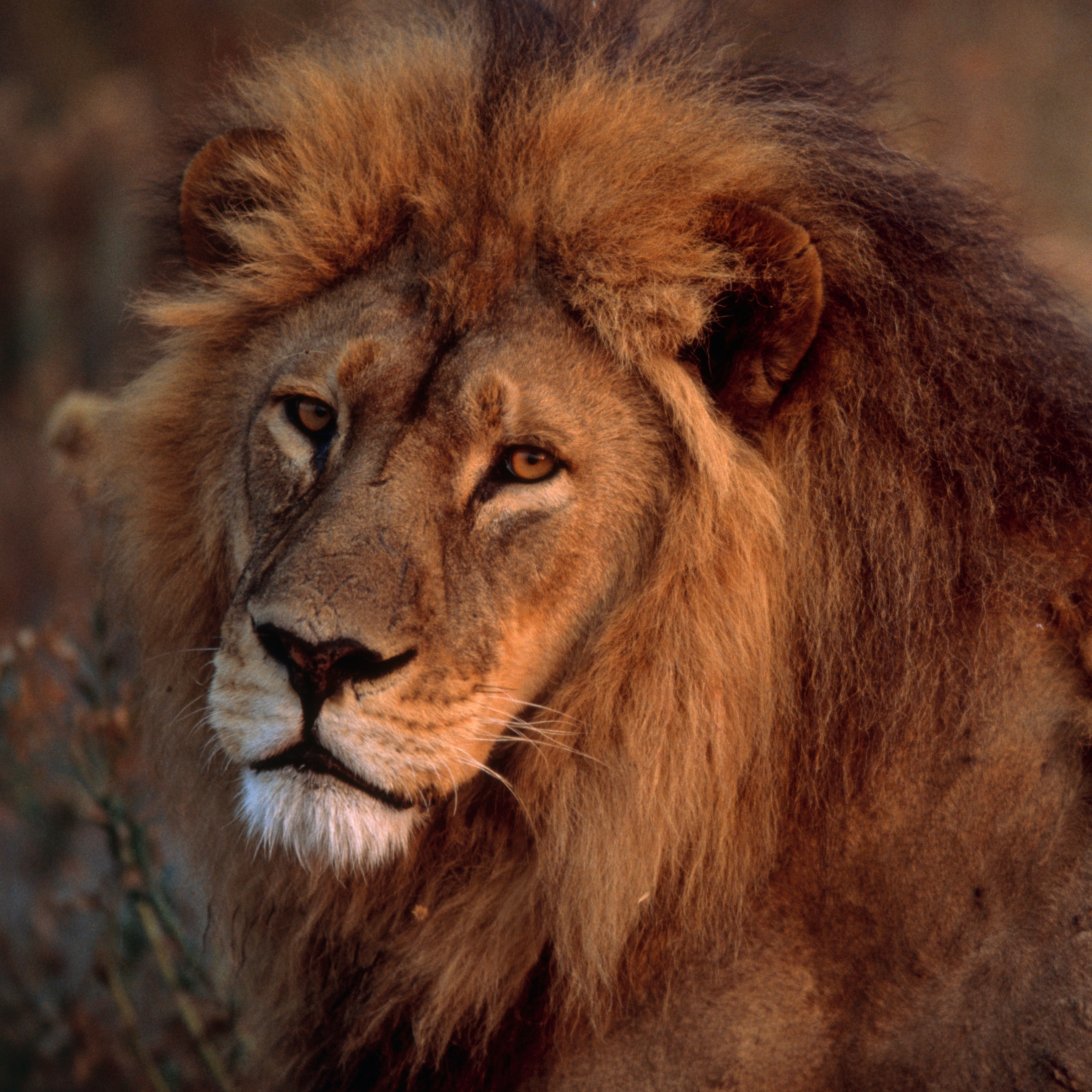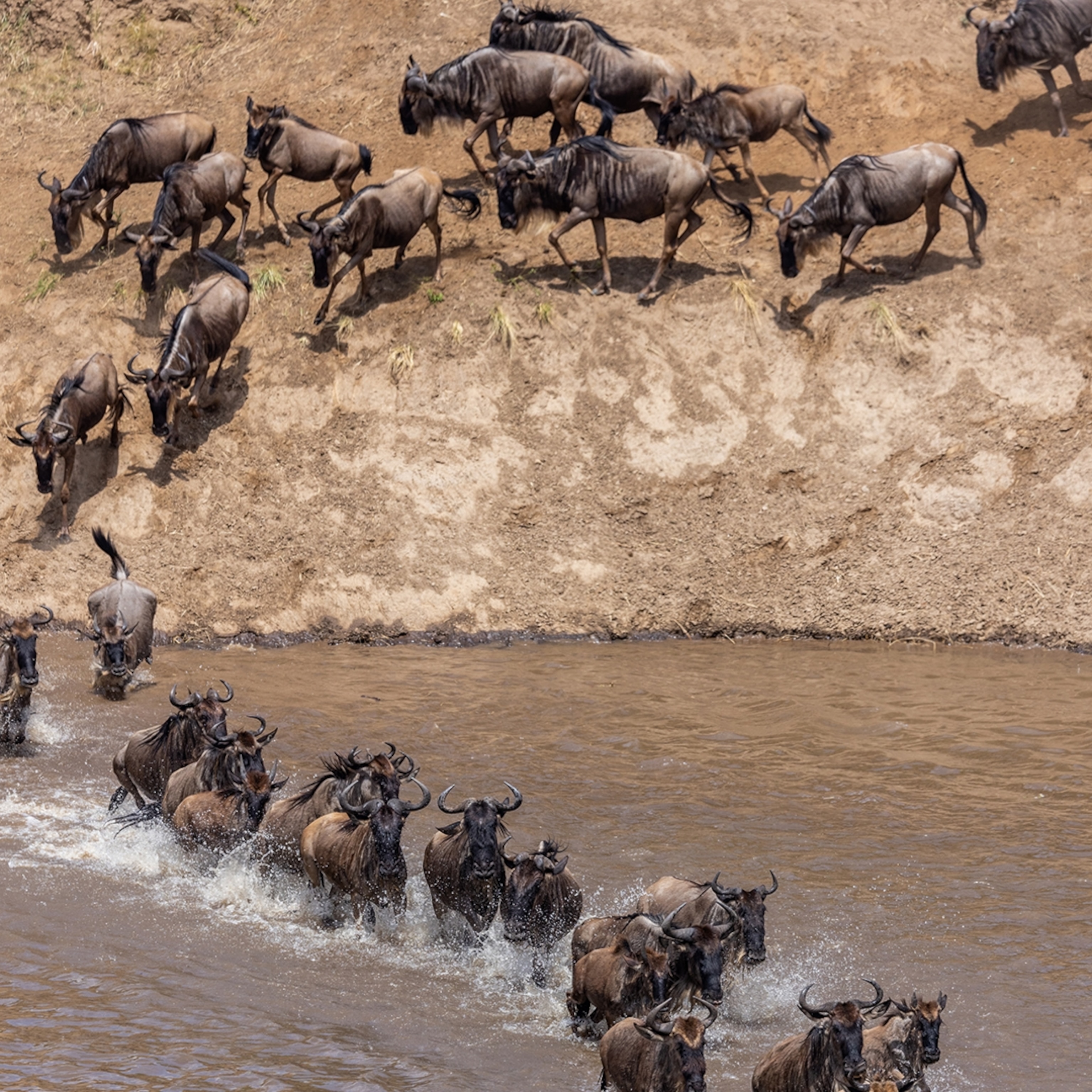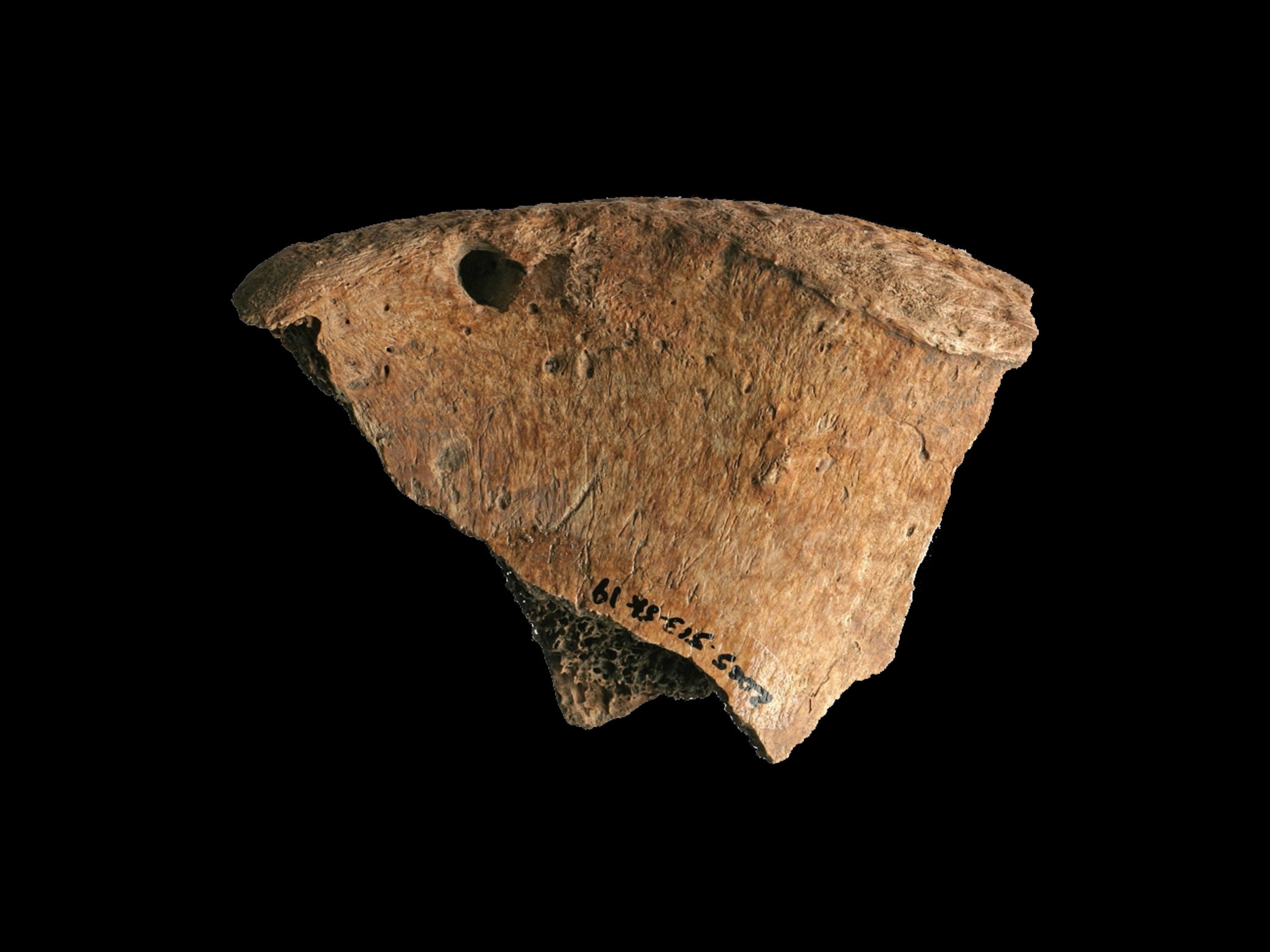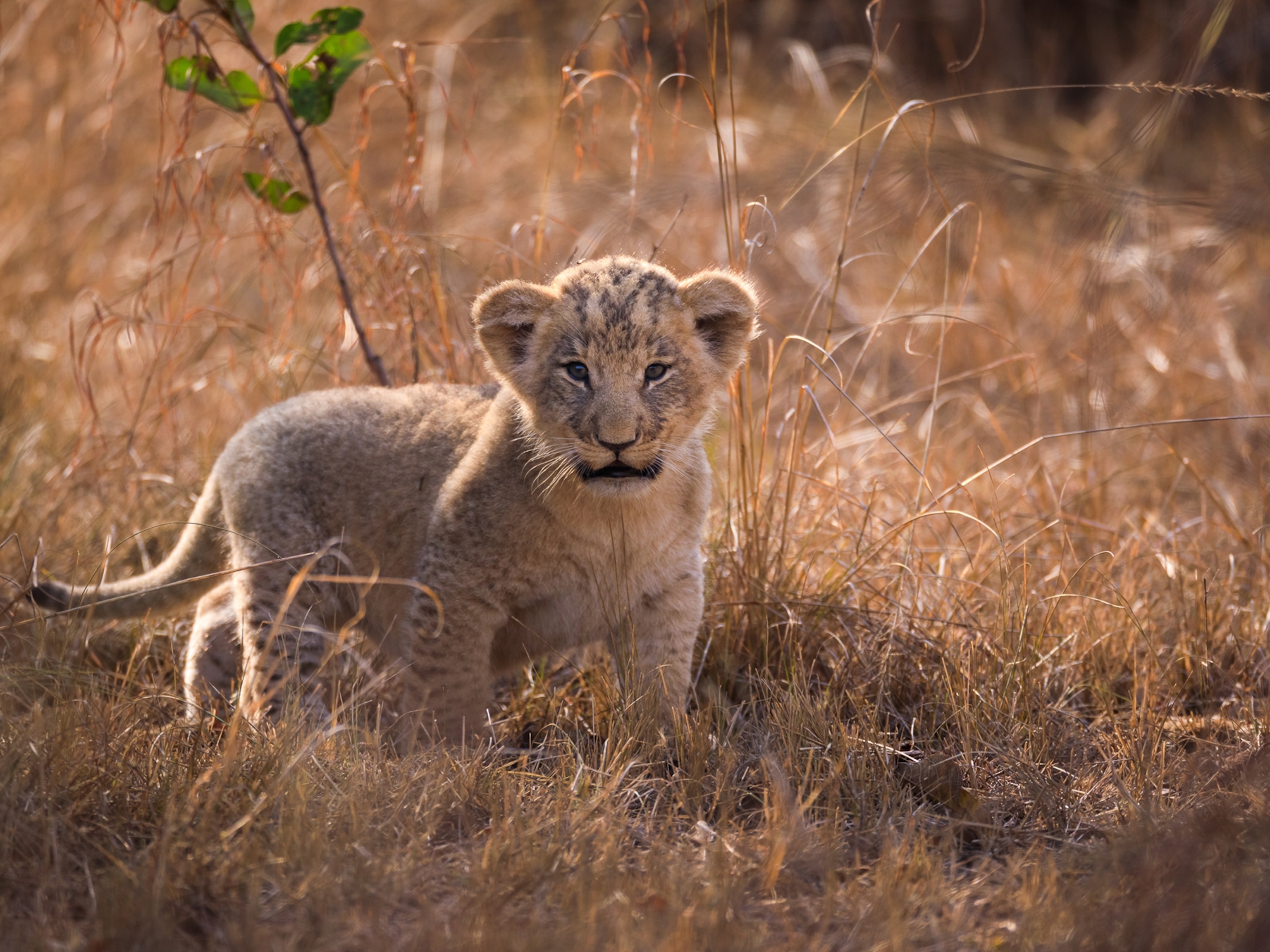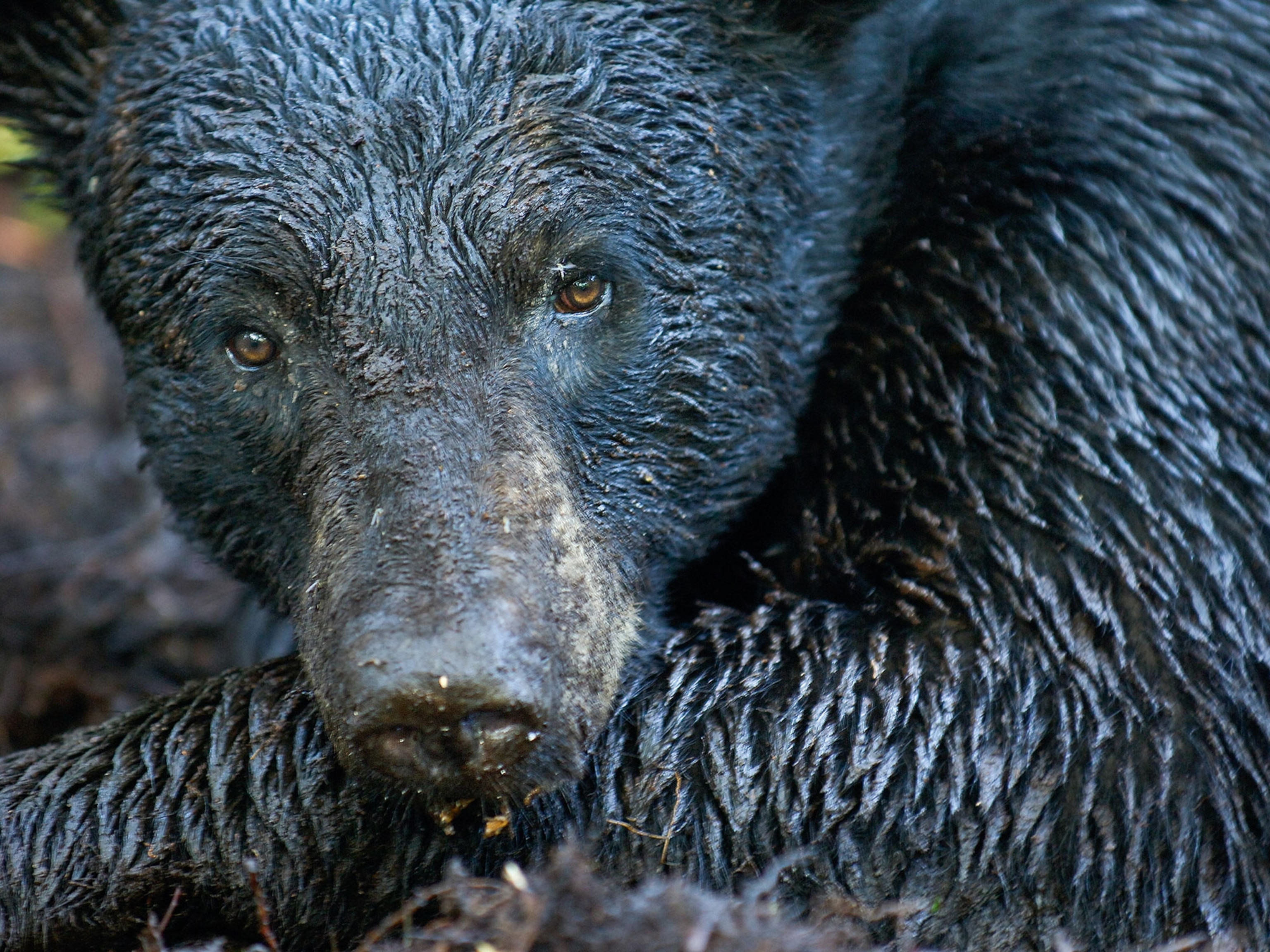Cecil Is One of Hundreds of Lions Killed Recently in Zimbabwe
Cecil the lion's killing sparks an evaluation of the country’s hunting and conservation programs.
Cecil the Lion's killing made him a household name, but he was at least the 23rd lion that scientists from Oxford University have been tracking in Zimbabwe recently only to see its life cut short by illegal hunting.
“Cecil was by no means the first lion to leave Hwange National Park and be shot, or to be killed illegally,” says professor David Macdonald, the director of the 20-year-old Oxford science program that is focused around the sprawling park.
The number of lions being killed across broader Zimbabwe is even more dramatic. Between 1999 and 2009, 800 lions were killed in legal hunts in the country, on top of what was likely an even greater number that were killed illegally.
Zimbabwe is thought to have between 500 and 1,680 lions remaining, about 80 percent of which live in protected areas. The country has the highest proportion of lions that can be legally hunted, along with Tanzania, which is home to 40 percent of Africa’s lions.
Across the continent, lion numbers have plummeted by more than 80 percent over the past century, from 200,000 to less than 30,000.
Zimbabwe’s poverty and remoteness has made it harder for game officials there to keep a close eye on legal lion hunting and to prevent poaching than in some surrounding countries, says Wayne Bisbee, a trophy hunter and conservationist who often visits Africa. Zimbabwe is also often cited for its corruption—its president, Robert Mugabe, has ruled the country for 35 years— which can lead to lax or unequal enforcement.
But, as far as Macdonald knows, poaching isn’t worse in Zimbabwe than in many other African countries: “It’s been my experience that Zimbabwe’s officials prosecute the cases with great diligence."
In 2013, 49 legal lion trophies were exported from Zimbabwe, out of about 665 such trophies that come from Africa each year.
Zimbabwe’s wildlife authority has issued a statement saying it is aggressively investigating what it calls the illegal hunt of Cecil and has jailed two of the guides that arranged the shooting trip of American dentist Walter Palmer. The guides currently on bail in the Cecil case could face as much as 15 years in prison, and Zimbabwe’s authorities have asked for Palmer to be extradited to their country to face possible charges.
Legal Hunting Part of the Problem?
Palmer has said that he thought he'd purchased a valid hunting permit through his guides and that he pursued a legal target, but Zimbabwe’s officials say neither fact is true. What’s more, lion hunters are not allowed to use bait to attract their quarry, as Palmer's expedition allegedly did.
Palmer's guides allegedly tried to destroy Cecil’s collar after he was shot, presumably because the law prohibits hunting collared animals. The collars are tough to see on lions with thick manes, like Cecil, often leading to confusion on the ground.
The vastness of the territory on which trophy hunting is legal in Zimbabwe—over thousands of square miles of public and private land—and the fact that animals often roam across park borders, mean that regulating hunting is no easy task.
Macdonald says the science that underpins Zimbabwe’s legal lion hunting system, which he advises, “is probably better than in many other places.” He notes that Zimbabwe suspended legal lion hunts in 2000 after is population was shown to be falling.
When permits resumed a few years later, the total annual quota for lions had been reduced from 60 a year around Hwange to 4. The annual lion quota for the whole country has recently hovered around 100, with 65 percent of the applicants for licenses coming from American hunters.
Zimbabwe makes an estimated $20 million a year on its trophy hunting, representing about 3.2 percent of its tourism revenue. Photo safaris are unlikely to replace that in the near future, as some of the areas where lions live are inaccessible, says Macdonald.
“Some find lion hunting abhorrent, while others find it tolerable under certain circumstances if there is a net good outcome,” he says. “It is a societal choice.”
Even Bigger Problems
For all the attention Cecil has garnered, trophy hunting isn’t the biggest threat to Zimbabwe’s lions.
Loss of habitat and prey species such as gazelles and wildebeest are more serious concerns. And farmers, villagers, and poachers have killed more of the big cats illegally over recent years than legal trophy hunters, with more clashes between people and lions along park borders.
Oxford is working to educate local people on how to decrease their livestock losses from lions and to better understand the benefits lions provide to the ecosystem and the country’s economy. The scientists have also funded and helped train anti-conflict and anti-poaching teams within Hwange National Park.
The scientists considered closing the anti-poaching unit in recent weeks due to lack of funds. “But a new wave of support, and the nice man Jimmy Kimmel, may have rescued our work,” says Macdonald, referring to a plea the late-night talkshow host made to viewers this week to support the group’s work.
“I take the upwelling of feeling around the world about Cecil as a metaphor for their interest in lions and conservation more broadly,” says Macdonald. “I feel a great hope emerging from this.”





